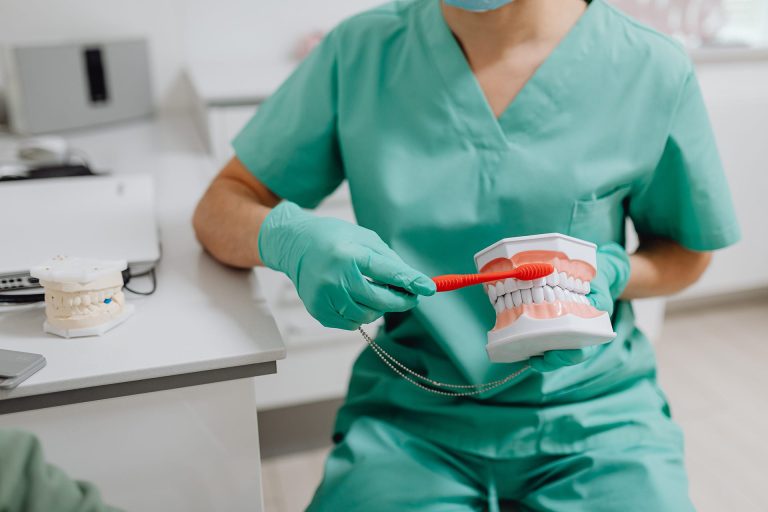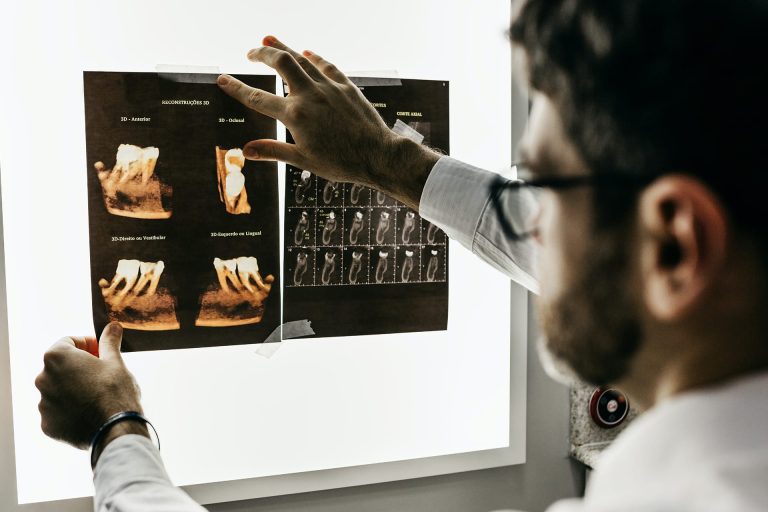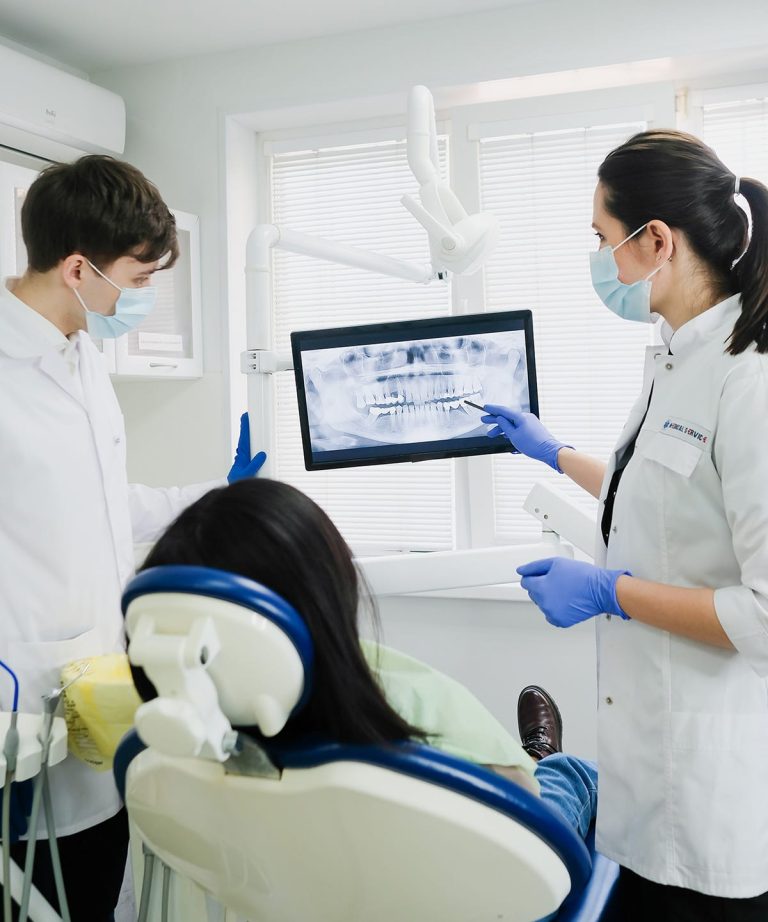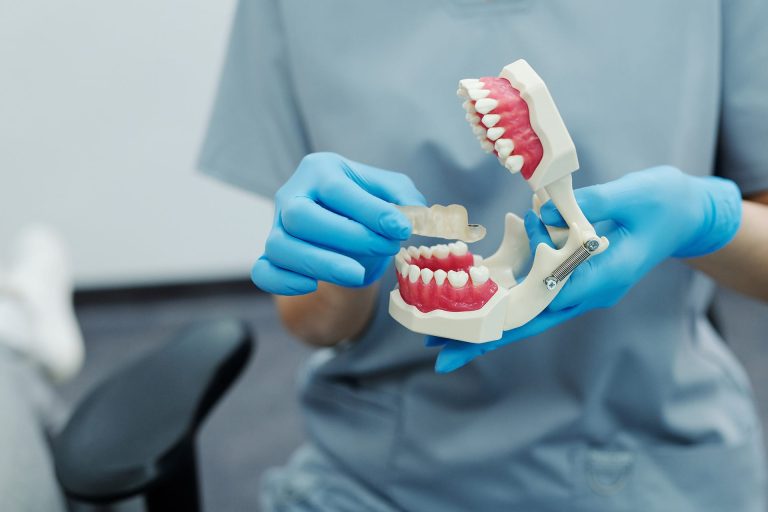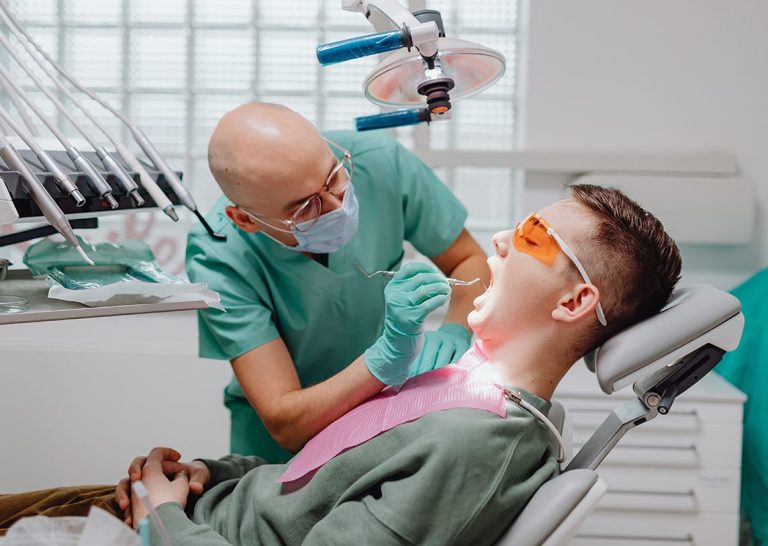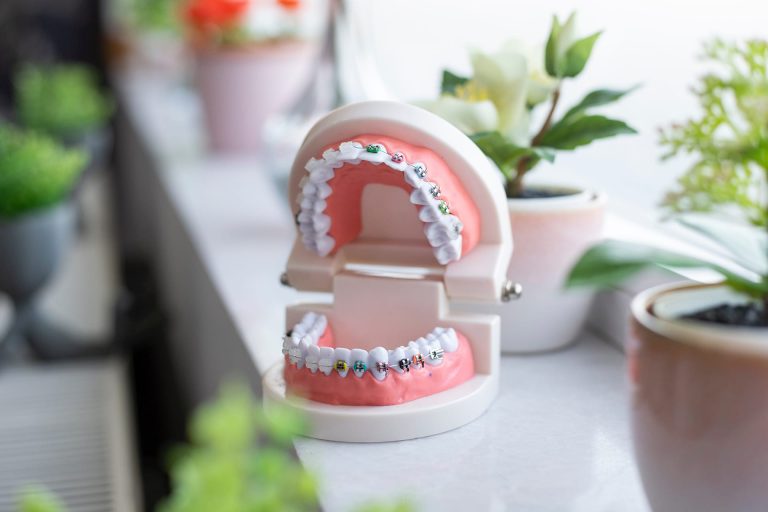Introduction: We’ve all had those mornings, when you look in the mirror and notice your smile just isn’t as bright as it used to be. As someone who’s spent years researching and understanding the ins and outs of dental health, I’m here to provide you with the answers to all your teeth staining questions, shedding light on the causes, prevention, and solutions in an easy-to-understand manner.
Snippet: Teeth staining, a common dental concern, is primarily caused by dietary factors, poor oral hygiene, and certain medications. Brushing twice daily, regular dental check-ups and professional cleanings can significantly reduce your risk of discoloration.
H2: What Causes Teeth Staining?
Teeth staining is a prevalent dental issue, and it’s essential to know what causes it. Multiple factors contribute to teeth discoloration, including food and drink, tobacco use, age, and certain medications. Understanding these elements can help you prevent unwanted staining and maintain a vibrant smile.
H3: Foods and Drinks that Stain Your Teeth
One of the primary causes of teeth staining is the food and beverages you consume. Dark-pigmented foods and drinks like berries, coffee, tea, wine, and cola contain chromogens, which are intense color pigments that attach to your tooth enamel, causing stains. Acidic foods and beverages can exacerbate this process, as they erode enamel and make it easier for the chromogens to latch on.
Also, foods high in tannins, a type of plant compound, can lead to teeth staining. Tannins increase the likelihood of stains because they help chromogens stick to your teeth. Tea and wine are particularly high in tannins.
H3: The Role of Tobacco in Teeth Staining
Tobacco products, both smoking and smokeless, are notorious for causing teeth staining. This is primarily due to the presence of nicotine and tar, both of which are highly effective at staining tooth enamel. Nicotine, when mixed with oxygen, turns yellow and can seep into the small pores of the enamel, causing discoloration. Tar, on the other hand, is naturally dark and can easily stain teeth.
H3: The Impact of Age and Medication on Teeth Staining
As you age, the outer layer of enamel on your teeth gets thinner, revealing the naturally yellowish dentin beneath. This is why older people often have yellow or discolored teeth.
Medications also play a significant role in teeth staining. Some antibiotics, such as tetracycline and doxycycline, are known to discolor teeth when given to children whose teeth are still developing. Other medications like antihistamines, antipsychotics, and drugs for high blood pressure can also cause teeth discoloration.
Overall, it’s crucial to be aware of the factors causing teeth staining to effectively combat and prevent it. Regular brushing, flossing, and dental check-ups, along with a balanced diet and lifestyle, can help maintain your teeth’s health and appearance. By understanding the causes, you can take proactive steps towards maintaining a brilliant smile.
H2: The Different Types of Teeth Stains
Understanding the types of teeth stains is the first step to achieving a brighter, healthier smile. The stains on your teeth could be intrinsic, extrinsic, or even age-related. Each type has distinctive characteristics, causes, and treatment options. Let’s delve deeper into each of these categories.
H3: Intrinsic Teeth Stains
Intrinsic teeth stains are those that occur within the internal structure of the tooth, known as the dentin. This type of discoloration, more challenging to treat, can be caused by several factors. These include ingestion of excessive fluoride during early childhood, use of tetracycline antibiotics during the latter half of pregnancy or in children under eight years, or trauma to a tooth causing damage to the developing permanent tooth. Intrinsic stains can also be caused by rare dental conditions such as dentinogenesis imperfecta.
These stains are typically yellow-brown or blue-gray in color and are usually uniform in appearance. They may require more in-depth treatment methods, such as internal bleaching or veneers, to effectively reduce their visibility.
H3: Extrinsic Teeth Stains
Extrinsic teeth stains, on the other hand, appear on the surface of your teeth, affecting the enamel. They are typically caused by foods and beverages with dark pigments like coffee, tea, red wine, and certain fruits like blueberries. Smoking and the use of tobacco products can also cause this type of staining.
Unlike intrinsic stains, extrinsic stains are generally easier to treat. Regular professional cleanings, coupled with good oral hygiene practices at home, can significantly reduce extrinsic staining. Additionally, using whitening toothpastes or undergoing professional teeth whitening treatments can also help remove these surface stains.
H3: Age-Related Teeth Stains
As the name suggests, age-related teeth stains occur as a natural part of the aging process. This type of staining is a combination of both intrinsic and extrinsic factors. Over time, the outer layer of enamel on your teeth becomes thinner due to wear, revealing the yellowish dentin beneath. Simultaneously, the cumulative effects of a lifetime of consuming stain-causing foods and beverages contribute to the discoloration.
Age-related stains can be harder to treat due to the dual nature of their cause. Nevertheless, a combination of at-home and professional treatments, including whitening procedures and, in more severe cases, the application of veneers or crowns, can help restore your teeth’s natural brilliance.
Overall, understanding the different types of teeth stains is crucial in determining the most effective treatment. Whether it’s intrinsic, extrinsic, or age-related, each type of stain requires a unique approach to achieve the best results. Therefore, if you’re concerned about discoloration, it’s advisable to consult with a dental professional to develop a treatment plan tailored to your specific needs.
H2: How to Prevent Teeth Staining
Preventing teeth staining is not as daunting a task as you may think. With a few lifestyle adjustments and diligent oral hygiene practices, you can maintain that pearly white smile. Let’s delve into the specifics.
H3: Dietary Changes for Teeth Stain Prevention
Your diet plays a significant role in the color of your teeth. Certain foods and beverages are notorious for causing tooth discoloration. These include coffee, tea, red wine, and dark-colored sodas. Even some healthy foods like berries and beetroot can stain your teeth due to their vibrant pigments.
To prevent teeth staining, consider making some dietary modifications. Limit your intake of staining foods and beverages, or consume them alongside foods that don’t stain, like apples or cheese. Drinking plenty of water, especially after meals, can help rinse away potential staining substances. Also, try to consume more foods that promote saliva production—nature’s own cleaning agent—such as carrots, celery, and pears.
H3: Oral Hygiene Practices to Prevent Teeth Staining
Maintaining good oral hygiene is paramount in preventing teeth staining. This involves a few key practices. First and foremost, brush your teeth at least twice a day and floss daily. This helps to remove plaque, a sticky film that forms on your teeth and attracts stain-causing substances.
Secondly, use a whitening toothpaste once or twice a week. These toothpastes contain mild abrasives that can help remove surface stains. However, they should not replace your regular toothpaste, which provides the fluoride necessary for strong, healthy teeth.
Additionally, consider using an antimicrobial mouthwash daily. Mouthwashes not only freshen your breath but also help prevent plaque buildup and gum disease, both of which can lead to teeth staining.
H3: Regular Dental Check-ups and Cleanings
Regular dental check-ups and professional cleanings are crucial in preventing teeth staining. Your dentist can detect early signs of tooth discoloration and advise on the best prevention methods tailored to your specific needs.
During a professional cleaning, your dental hygienist will remove both plaque and tartar (hardened plaque) from your teeth, which can’t be removed by regular brushing. This not only helps prevent teeth staining but also keeps your gums healthy and reduces the risk of tooth decay and gum disease.
Moreover, your dentist may suggest a professional whitening treatment if your teeth are already stained. These treatments use stronger bleaching agents than those found in over-the-counter products and can provide more noticeable results.
Overall, preventing teeth staining is a matter of consistent oral hygiene, smart dietary choices, and regular dental visits. Remember, a dazzling smile is not just about aesthetics—it’s also a reflection of your overall oral health.
H2: Home Remedies for Removing Teeth Stains
You may be surprised to discover that many effective solutions for teeth whitening can be found right in your own home. These natural remedies are not only cost-effective, but they also prevent you from exposing your teeth to harsh chemicals. Let’s delve into some of these remedies that can assist in removing teeth stains.
H3: Oil Pulling to Remove Teeth Stains
Oil pulling, an ancient dental technique, has gained significant attention in recent years for its multitude of oral health benefits. Originating from India, this practice involves swishing a tablespoon of oil in your mouth on an empty stomach for around 20 minutes.
Coconut oil is a popular choice due to its pleasant taste and high levels of lauric acid, which is known for its antimicrobial properties. By performing oil pulling on a regular basis, you can reduce plaque buildup and remove teeth stains, leading to a brighter and healthier smile.
H3: Baking Soda and Hydrogen Peroxide
Another potent combination for teeth whitening is baking soda and hydrogen peroxide. Baking soda, or sodium bicarbonate, is a mild abrasive that can effectively remove surface stains from your teeth. On the other hand, hydrogen peroxide is a natural bleaching agent that can also kill bacteria in your mouth.
To use this remedy, simply mix one part baking soda with two parts hydrogen peroxide to make a paste. Brush your teeth with this mixture a few times a week. While this remedy is effective, it’s crucial to use it sparingly to avoid enamel erosion.
H3: Activated Charcoal for Teeth Whitening
Activated charcoal, a substance made from bone char, coconut shells, peat, petroleum coke, coal, olive pits, or sawdust, is a potent stain remover due to its absorbent properties. It binds to everything in its path, including the stains on your teeth.
To use activated charcoal for teeth whitening, you can buy activated charcoal toothpaste or capsules. If you opt for capsules, open one over your toothbrush, add a small amount of water, and then brush your teeth as you normally would. Rinse thoroughly afterwards.
Overall, these home remedies can be effective in removing teeth stains and enhancing your smile. However, keep in mind that while these remedies can help whiten your teeth, they’re not substitutes for regular dental check-ups. Always seek professional advice from your dentist for long-term oral health.
## Professional Teeth Whitening Options
With a multitude of options available for teeth whitening, it can be overwhelming to make the right choice for your dental hygiene. This section aims to detail three major professional teeth whitening options: In-office bleaching, at-home bleaching kits from a dentist, and over-the-counter whitening products.
### In-Office Bleaching
In-office bleaching, also known as chairside bleaching, is the quickest and most efficacious route to a brighter smile. This professional whitening procedure is administered by a dentist using high concentrations of hydrogen peroxide or carbamide peroxide. An added benefit of this method is that it often includes a protective gel or rubber shield to safeguard your gums from the bleach, ensuring a safe and effective treatment.
Initially, your dentist will record the current shade of your teeth, followed by a thorough cleaning to remove any plaque or tartar. The whitening process then commences with the application of a bleaching agent. A specialized light or laser is used to activate the bleach, accelerating the whitening process. Within a single visit, your teeth can become three to eight shades lighter, offering immediate and dramatic results.
### At-Home Bleaching Kits from Dentist
If you’re interested in teeth whitening but prefer the comfort of your own home, consider at-home bleaching kits provided by your dentist. These kits contain a lower concentration of bleaching agent, making them safe for unsupervised use. However, the whitening process is slower and may require several applications over a few weeks.
Your dentist will provide you with custom-fitted trays and the bleaching solution. You’ll need to apply the solution to the tray and wear it for a prescribed amount of time each day. While the results are not instant, you will notice a gradual improvement in the whiteness of your teeth.
### Over-the-Counter Whitening Products
For a more budget-friendly teeth whitening solution, over-the-counter products are widely accessible and easy to use. These products come in various forms, including strips, gels, and toothpaste, all containing a bleaching agent.
While these products are convenient, they contain the lowest concentration of bleach, so the results may not be as pronounced or long-lasting as professional treatments. Moreover, without the supervision of a dentist, there’s a risk of incorrect usage, which could potentially harm your gums or enamel.
Overall, when it comes to professional teeth whitening options, it’s crucial to consider your specific needs and circumstances. Each method has its pros and cons, and what works best for you may not work for someone else. Therefore, it’s recommended to consult with your dentist before embarking on your teeth whitening journey.
H2: Risks and Side Effects of Teeth Whitening
Teeth whitening, while incredibly popular for its aesthetic benefits, does not come without its potential hazards. Like any treatment, it is crucial to understand the possible risks and side effects before diving headfirst into the process.
H3: Tooth Sensitivity and Irritated Gums
One of the most common side effects of teeth whitening is tooth sensitivity. This manifests as a sudden, sharp flash of pain when your teeth come into contact with hot or cold substances. It’s the result of the whitening agents penetrating your tooth enamel and reaching the pulp, which causes discomfort.
Additionally, your gums might also become irritated due to teeth whitening treatments. This is particularly common with at-home whitening kits that require you to apply the whitening gel directly onto your teeth. If the gel comes into contact with your gums, it can cause inflammation and discomfort.
H3: Risks of Overuse of Whitening Products
Overuse of whitening products is a significant risk. With the array of over-the-counter whitening products available today, it’s easy to get carried away and use them more frequently than recommended. Overuse can lead to enamel erosion, which can make your teeth more susceptible to cavities and decay. It can also exacerbate tooth sensitivity and gum irritation.
H3: Unrealistic Expectations and Misuse
Many individuals approach teeth whitening with unrealistic expectations, assuming a one-size-fits-all result. However, the effectiveness of teeth whitening varies greatly from person to person. Factors such as the original color of your teeth, your oral health, and your lifestyle can all impact how well the treatment works for you. Misuse of whitening products can also occur when individuals attempt to achieve their desired results faster by using the products more frequently or for longer periods than advised.
Overall, while teeth whitening can offer a brighter smile, it’s important to be aware of these potential risks and side effects. Always consult with a dental professional before beginning any teeth whitening treatment to ensure it’s safe for your specific oral health needs.
H2: Conclusion
Taking care of your oral health indeed goes beyond achieving a dazzling smile; it’s about preserving your overall well-being. Throughout this enlightening journey, we’ve explored the secrets behind teeth staining, debunked common myths, and provided practical tips to prevent and combat this issue. Let’s make stained teeth a thing of the past, empowering you to flaunt your healthiest, most radiant smile with confidence.
Key-takeaways:
1. Teeth staining is a common dental problem caused by various factors, including dietary habits, poor oral hygiene, and certain medications.
2. There are three types of teeth stains: intrinsic, extrinsic, and age-related, each requiring a unique treatment approach.
3. Preventing teeth staining involves good oral hygiene, dietary modifications, and regular dental check-ups.
4. Home remedies like oil pulling and using baking soda can effectively remove teeth stains, but they are not substitutes for professional dental advice and treatment.
5. Professional teeth whitening options range from in-office bleaching to at-home kits and over-the-counter products, each with its own set of advantages and potential risks.
Meta description: Uncertain about teeth staining? Unravel the truths behind your dental concerns, delve into uncommon terminology, and get your burning questions expertly answered.

